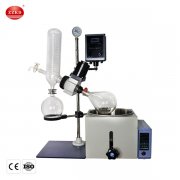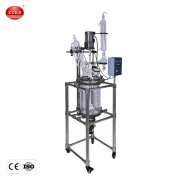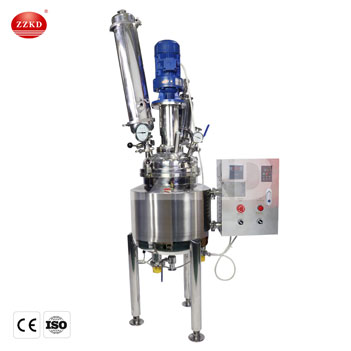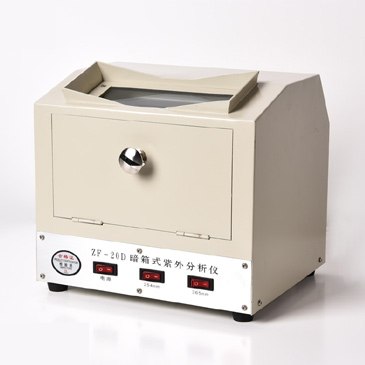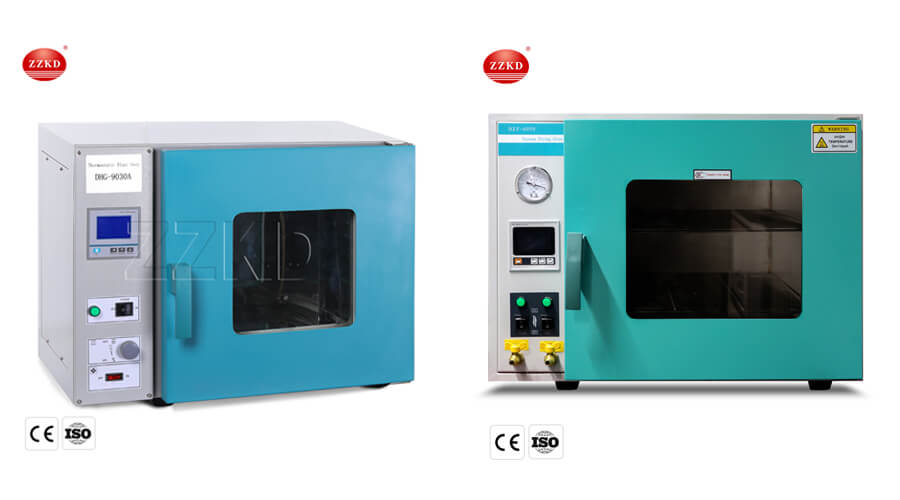Are your delicate materials getting damaged by high heat? This degradation during drying can ruin product quality, leading to significant waste and financial loss in your operations.
An industrial vacuum oven revolutionizes processing by enabling rapid drying at low temperatures. It removes moisture without degrading heat-sensitive materials, preserving product integrity, improving yield, and preventing oxidation. This makes it essential for electronics, pharmaceuticals, and advanced material applications where quality is critical.
Over my 16 years in this industry, I have seen many companies struggle with the limitations of conventional drying methods. They often face a tough choice between drying materials quickly with high heat, which can destroy them, or drying them slowly at lower temperatures, which kills productivity. This is where the true value of vacuum drying becomes clear. It offers a solution that protects your product while speeding up your processes. Let's explore how this technology works and why it might be the key to unlocking new levels of efficiency and quality in your work.
What Makes Vacuum Drying Different From Conventional Oven Drying?
Struggling with inconsistent drying results or damaged products from your standard oven? Traditional heating methods often expose materials to harsh temperatures, causing oxidation and compromising their structure.
Vacuum drying lowers the boiling point of water by reducing the chamber's pressure. This allows for rapid evaporation and moisture removal at significantly lower temperatures than conventional ovens, which rely solely on high heat and air circulation. This gentle process protects sensitive materials from thermal damage.
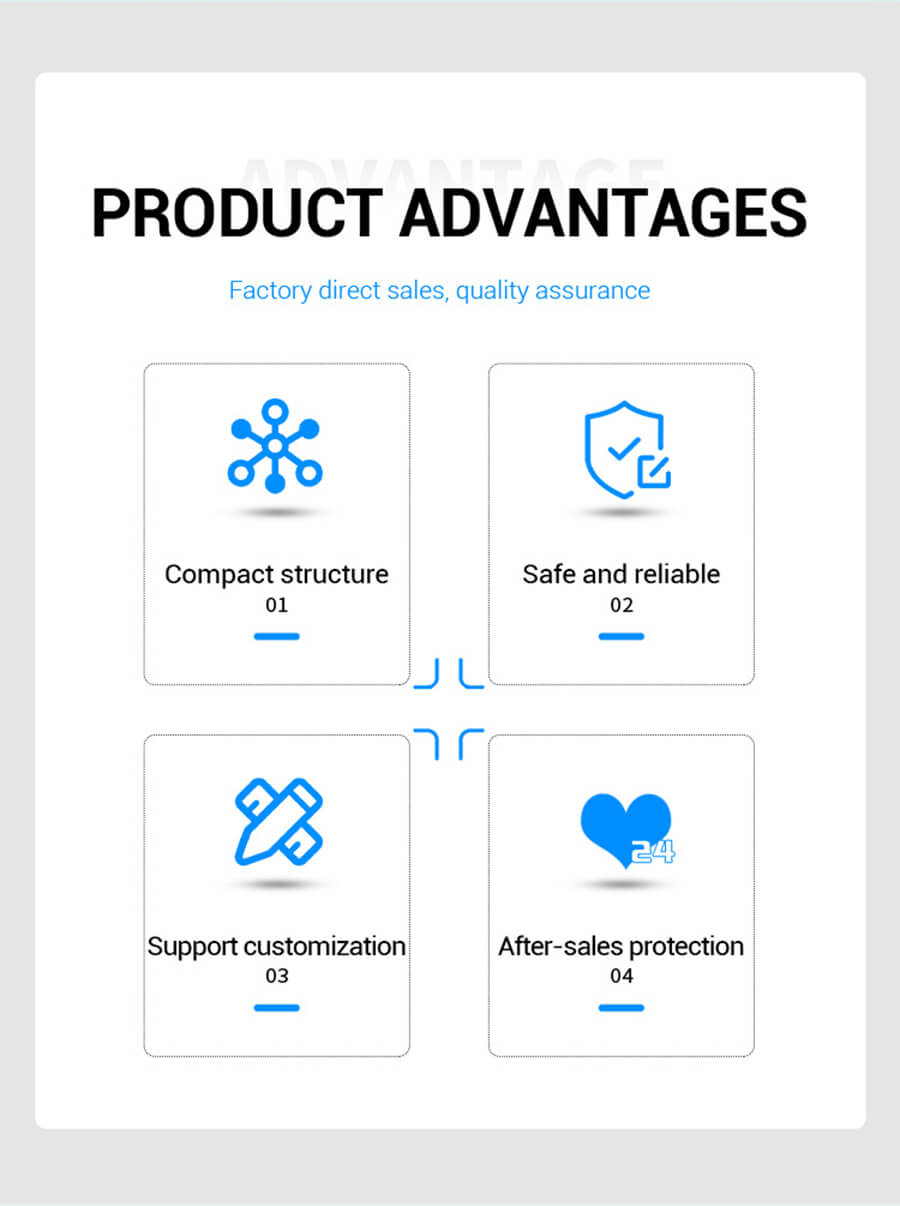
To truly understand the difference, we need to look at the science behind each method. When I first started working with this equipment, the core principle was a revelation. It’s not just about heat; it’s about pressure. A conventional blast drying oven heats the air around a sample to evaporate moisture, but this can be a slow and damaging process.
The Core Principles Explained
A vacuum oven fundamentally changes the game. By connecting a vacuum pump, we remove air from the chamber, drastically lowering the pressure. This pressure drop reduces the boiling point of liquids inside the sample. For instance, water boils at 100°C (212°F) at standard atmospheric pressure, but under a vacuum, it can boil at room temperature. This means we can achieve complete drying without ever reaching temperatures that could harm the product. It’s a gentle yet powerful method that ensures the final product remains as close to its original state as possible.
|
Feature |
Vacuum Drying Oven |
Conventional Drying Oven |
|
Drying Mechanism |
Lowers pressure to reduce boiling point |
Uses high temperature and air circulation |
|
Operating Temperature |
Low and controllable (e.g., 25-50°C) |
High (often >100°C) |
|
Effect on Materials |
Gentle, preserves integrity, no oxidation |
Risk of thermal degradation, oxidation |
|
Ideal For |
Heat-sensitive compounds, electronics, pharma |
Robust materials, general-purpose drying |
|
Drying Speed |
Fast and uniform |
Can be slow, risk of surface hardening |
← Swipe Left and Right to View the Table→
Which Industries Benefit Most from Using a Vacuum Drying Oven?
Are you wondering if this advanced technology is a fit for your specific application? Many industries struggle with quality control and product stability due to improper drying techniques.
Pharmaceutical, biotechnology, electronics, and food industries benefit most from vacuum drying. It is crucial for preserving heat-sensitive active pharmaceutical ingredients (APIs), drying delicate electronic components without oxidation, and maintaining the nutritional value and texture of foods.

From my experience exporting our equipment to over 87 countries, I've seen firsthand how versatile vacuum drying is. Its benefits extend to any field where material integrity is paramount. While some applications are obvious, others are surprisingly innovative. One of my clients in the materials science sector used our ovens to create novel polymers that simply couldn't be synthesized with conventional heating. Let's break down some of the key sectors.
In-Depth Industry Applications
In the pharmaceutical and chemical industries, these ovens are indispensable. They are used for drying powders, granules, and Active Pharmaceutical Ingredients (APIs) that would otherwise degrade. A great example is in the production of antibiotics or vaccines, where preserving the biological structure is critical. Similarly, in the electronics industry, removing every last bit of moisture from circuit boards or semiconductors is vital to prevent corrosion and short circuits. Vacuum drying does this without exposing the components to damaging heat. The food and beverage sector uses it for creating high-quality dried fruits, vegetables, and specialty products, preserving nutrients and flavor far better than air drying. Even niche markets like cannabis and hemp processing rely on it for gently drying extracts to preserve valuable terpenes and cannabinoids.
How Do You Choose the Right Industrial Vacuum Oven for Your Needs?
Feeling overwhelmed by the technical specifications? Choosing the wrong oven leads to inefficient processes, poor results, and a wasted investment, a problem I’ve seen many new customers face.
To choose the right industrial vacuum oven, first assess your sample's size and sensitivity to determine the required chamber volume and temperature range. Then, consider the necessary vacuum level for your application and ensure the oven's construction materials, like stainless steel, are compatible with your solvents.

Helping customers select the perfect equipment is a core part of what we do. It’s not a one-size-fits-all situation. The right choice depends entirely on your specific process. A research lab has very different needs than a large-scale production facility. I always start by asking a few key questions to narrow down the options. Thinking through these factors will ensure you get a machine that serves you well for years, just like the reliable equipment we’ve built our reputation on for over 16 years.
Key Selection Criteria
First, think about size and capacity. How much material do you need to dry per batch? Our models range from small benchtop units for R&D to large-scale industrial ovens. Next is the temperature range. While vacuum ovens operate at low temperatures, your process might still require a specific range, so check the specs. The vacuum pump is another critical component; the level of vacuum needed depends on your solvent's boiling point. A more powerful pump achieves a deeper vacuum, enabling drying at even lower temperatures. Finally, consider the materials of construction. Our ovens typically use 304 or 316L stainless steel for durability and chemical resistance. Safety features, like shatterproof glass and over-temperature protection, are also non-negotiable.
Conclusion
An industrial vacuum oven is a powerful tool for gentle, efficient drying. Understanding its principles and your needs ensures you choose the right model to enhance product quality and productivity.

 Products
Products





